As thousands of protesters thundered through central Dublin over Easter weekend, waving a sea of tricolor flags, Ireland’s anti-immigration movement staked a bold claim. The legacy of the Easter Rising martyrs – who underwrote with their lives the founding of the Irish state – was theirs. “We will be a true following on from our forefathers in 1916 who had a workers’ revolution,” declared Malachy Steenson, a Dublin councilman and nationalist leader.
This fusion of grassroots nationalism and potent revolutionary symbols powered the largest demonstration yet. A genie was out of the bottle, and the establishment took notice. It provoked a bitter historical tug-of-war as the government, mindful of the symbolic power of Ireland’s formative heroes, scrambled to reclaim them.
The Taoiseach, Micheál Martin, suggested the protesters had misunderstood the message of the 1916 proclamation. “It never had at its core a narrow nationalism,” he said. “It was very internationalist. It was inclusive, it was open.”
With each word, Martin bent the arc of history into something unrecognizable. We were left to wonder what might come next: were the Fenians staunch allies of the LGBTQI+ community? Did Padraig Pearse take up arms for the European common market?
Martin made no bones about the political significance of his claims. “We are part of modern European society, members of the European Union since the early 1970s and that’s brought great transformation to the country,” he added.
Ireland has undoubtedly prospered from its membership of the EU. The benefits have been uneven – the Martins of the world have made good; the working-class protesters, less so – but there’s a straightforward economic case for it that needn’t rest on a sandcastle of historical revisionism.
There’s some truth in what we might call Martin’s Proclamation. The 1916 promises of “religious and civil liberty, equal rights and equal opportunities to all its citizens” were radically inclusive by the standards of the day. And its nod to Ireland’s “gallant allies in Europe” carried a whiff of international solidarity.
But a true portrait of the proclamation, and the revolutionary sentiment behind it, is more wrinkled than Martin lets on. Like all manifestos, it was designed to cast as wide a net as possible. Its pledge to “cherish all the children of the nation equally” was, in part, as historian Roy Foster put it, “a rather airy rationalization of Ulster’s resistance to Irish nationalism.” It referred to Irish citizens – not, as Martin’s government interprets it, an ever-expanding polity of mostly economic migrants claiming refugee status. That, after all, was the issue animating the Easter weekend protest.
As for its internationalism: the proclamation carved Ireland out of the world’s largest empire, the midwife of globalization, to become a sovereign state. It demanded “the right of the people of Ireland to the ownership of Ireland.” How that aspiration is holding up depends on which postcode you fall into. For the people of Dundrum, Co Tipperary – a town of 220 now bracing for the arrival of 280 migrants – it may feel like a busted flush.
The revolutionaries’ gratitude to Wilhelmine Germany, their “gallant ally,” an expansionist empire waging a great power war, for attempting to arm insurgents in a rival empire is hardly the poster child for international cooperation Martin imagines.
Nevertheless, the signatories of the proclamation, the martyrs and the wider revolutionary movement were first and foremost Gaelic nationalists. They were animated by the ethnic and cultural romanticism typical of national movements of the time. Budding revolutionaries pledged to safeguard the “soul of the nation” and to “wake up the Gael” from an ancient slumber.
Irish nationalism was a broad parish, embracing socialists and feminists, the middle classes, and even the “repentant gentry.” Yet its main thrust was culturally conservative: brooding and inward-looking, parochial even by 19th-century European standards. In 1911, the French sociologist L. Paul-Dubois observed that Irish revolutionaries had little interest in the federal, socialist or humanitarian ideals animating their continental counterparts.
Michael Collins attributed the success of Irish nationalism up to 1921, in contrast to more “abstract” revolutionary movements, to the “indestructible Gaelicism within us struggling to life and expression.”
It’s doubtful this was meant as a preamble for Ireland to become the multicultural potpourri its leaders appear intent on constructing. Kevin O’Higgins, vice-president of the Executive Council, expressed the spirit of the revolt even more crisply: “We are the most conservative-minded revolutionaries that ever put through a successful revolution.”
The benefits accrue to people like him; the social costs fall most heavily on the working class
This is a far cry from Martin’s Proclamation, varnished as it is with convenient liberal niceties. His attempt, as one politician described it, to “retrofit” history to suit his politics, seems less designed to win over the hearts and minds of Ireland’s forgotten underclass than to justify ignoring their concerns about immigration, housing and social cohesion – issues on which his government continues to come up short.
As the country absorbs ever more newcomers, this approach risks stoking the fires Martin is attempting to put out. The benefits accrue to people like him; the social costs fall most heavily on the working class.
The generation of revolutionaries both Martin and Steenson invoke believed they were being culturally dispossessed by an overweening empire, and disinherited by a complacent elder generation content to maintain the status quo.
The analogy is not hard for Steenson to make. At his trial, shortly before his execution, Padraig Pearse said: “We seem to have lost. We have not lost. To refuse to fight would have been to lose; to fight is to win. We have kept faith with the past, and handed on a tradition to the future.”
Those words may yet kindle fires in the hearts of ordinary Irish people. Fires this government will struggle to extinguish.



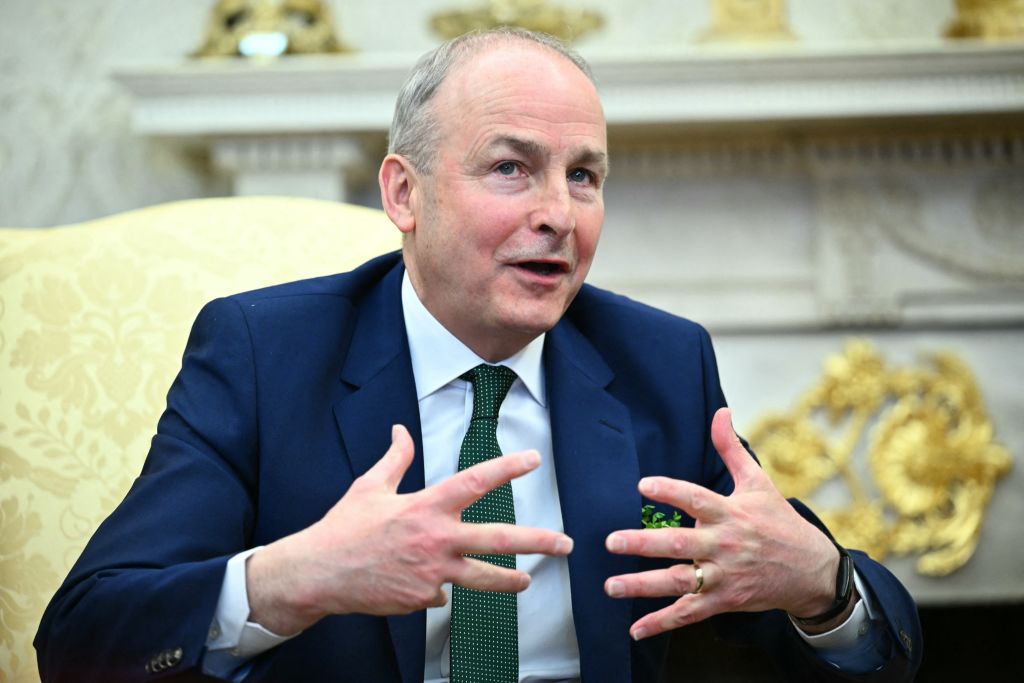






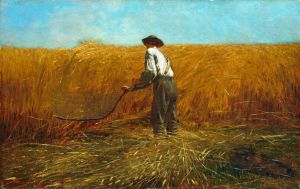

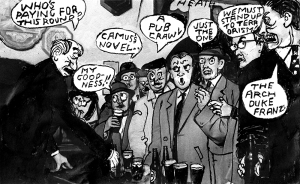

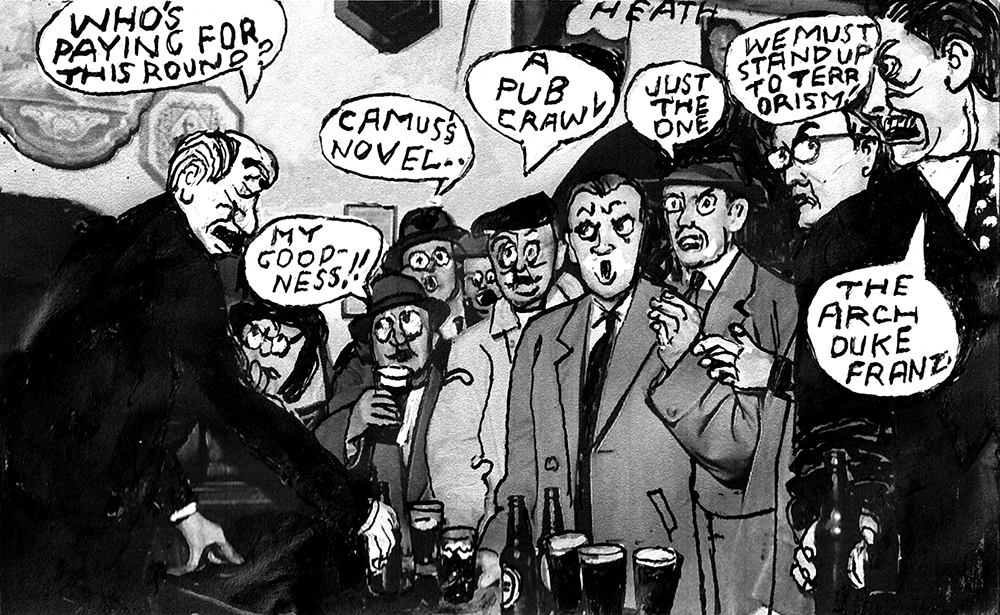
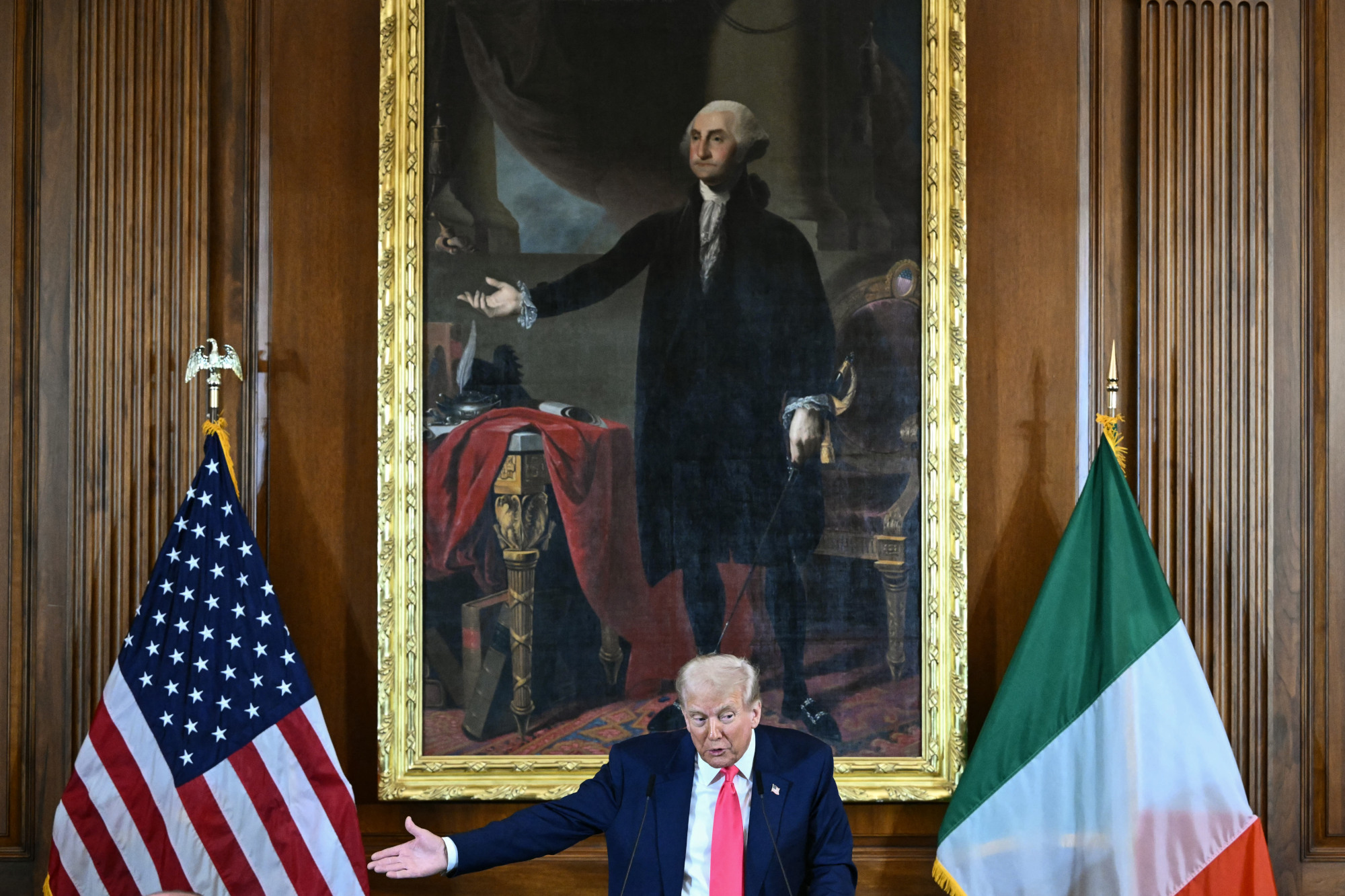
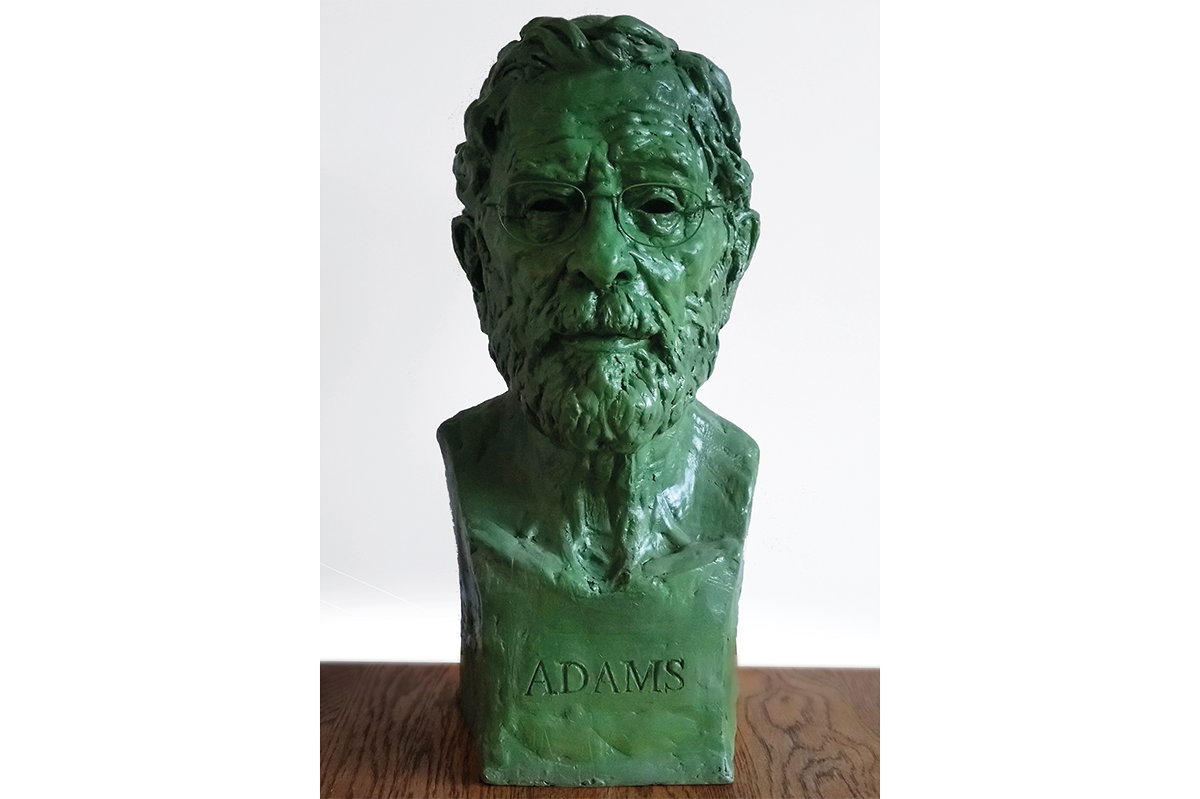









Leave a Reply